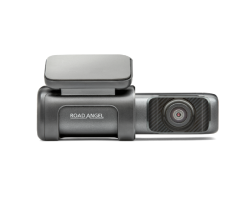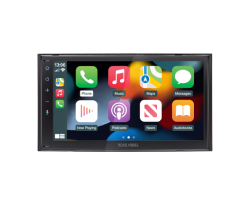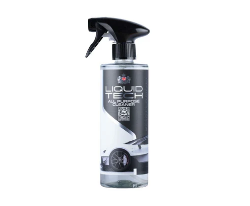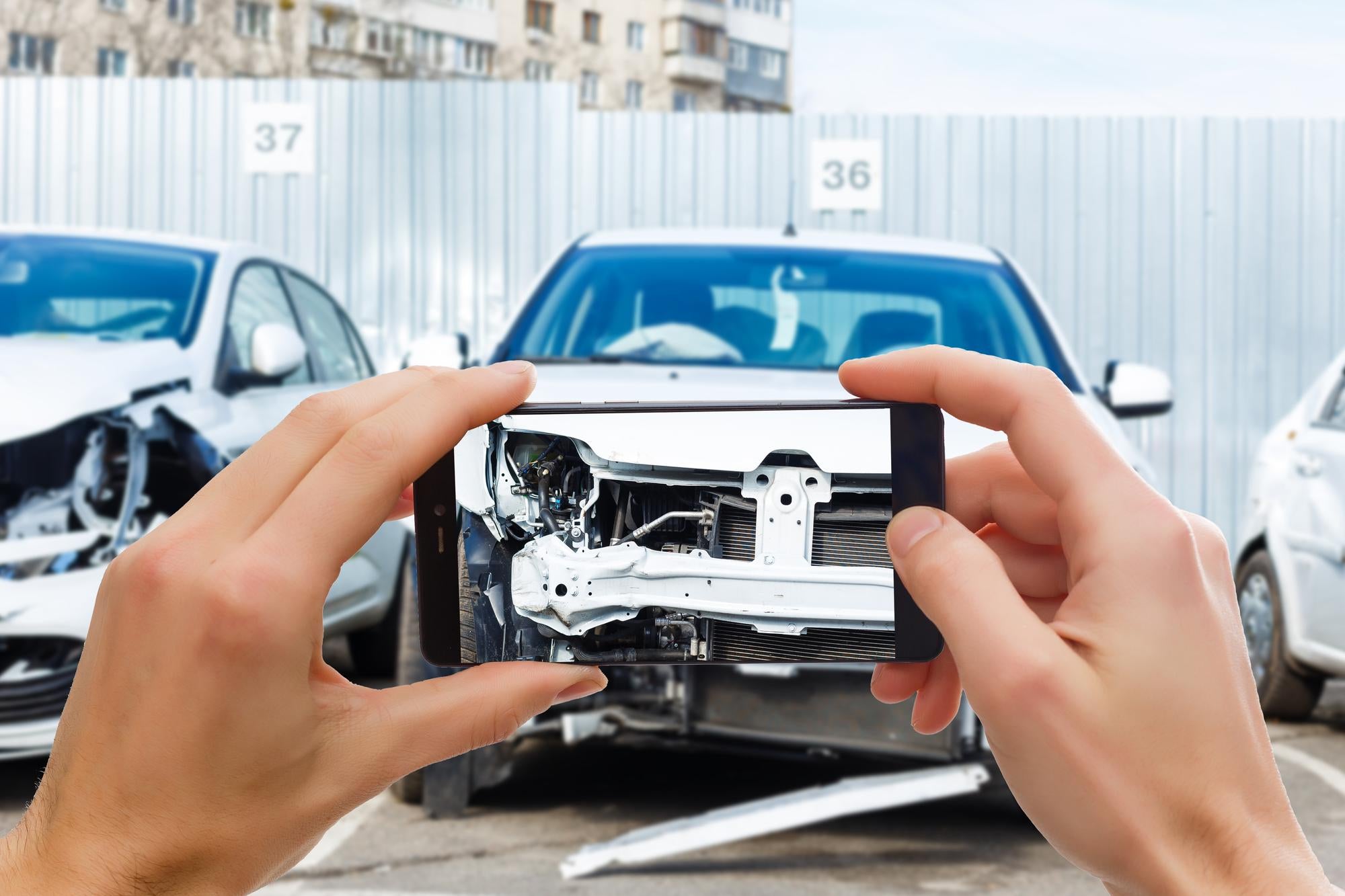The UK’s departure from the European Union has changed the game for British drivers who travel to and around the continent. With the UK now out of the EU, UK drivers in the EU are subject to a brand new set of rules. So what are they? Here we explain everything you need to know about driving abroad post-Brexit.
Driving to Europe from the UK
Driving to the continent used to be a simple matter of ‘get the keys and go.’ EU rules in respect to freedom of movement meant that a UK driving license and a valid insurance policy were all that was needed to get you across borders. The rules have understandably changed post-Brexit, but we’re pleased to report that the administrative burden drivers currently face isn’t that great – all you’ll need is a few additional documents.
What license do I need to drive in Europe?
There are two types of license that cover driving in Europe, one of which you’ll definitely need to travel around the majority of EU countries. A license known as the 1968 Convention, named after the Vienna Convention on Road Traffic held that year, will suffice in most EU nations and can be acquired easily and cheaply for the sum of £5.50.
Are there any exceptions?
An alternative license called the 1949 Convention is required to drive in a small number of states including Andorra and Vatican City, so be sure to check the local guidelines before you go.
Licenses you won’t need
You won’t need an International Driving Permit (IDP) to drive in the EU after Brexit. A UK license plus one of the aforementioned documents is enough unless you live in Gibraltar, Guernsey, the Isle of Man or Jersey, in which case you’ll need to contact the motoring authorities in the country you’re visiting. They will inform you if any additional documentation is required.
What other vehicle documents do I need to take when driving in Europe?
There are a number of additional documents you’ll definitely need to take with you. These include a Visa if the country you’re visiting requires it – check before travelling – your passport, a Vehicle Registration Certificate and a VE103 certificate if you intend to hire a car. You’ll also need to display a UK sticker on the back of your car if there isn’t a Union flag already clearly displayed there.
Do I need special insurance?
Not strictly speaking. Just remember to travel with a copy of your UK insurance policy plus the documents we’ve already mentioned (including your driving licence, of course) if you intend to drive in the EU – failure to do so will see you heading straight home.
Do I need a green card to drive in Europe?
No – you won’t need to apply for a green card from your insurer to drive in EU countries. Proof of insurance is fine. However, a small number of non-EU countries insist on a green card. These include Russia, Ukraine, Turkey and Albania. Handily green cards can be obtained for free.
Speeding fines when driving in Europe
Break the speed limit in Europe and you can expect to pay the penalty just as you would in the UK.
Speeding fines when driving on the continent range from 35 Euros – the base rate in Germany and Italy – to 600 Euros in countries such as Spain and Germany. The fine you receive tends to depend on the severity of the offence. There’s some good news though: most countries allow drivers to appeal a fine, and some will reduce the penalty if you pay within a certain time period.
It’s worth noting that unlike in the UK, most European police forces have the power to make you cough up on the spot if they catch you speeding. Nobody wants a brush with the law, so it’s best to stick to the rules and keep within the local speed limit.
Can I still use dash cams and speed camera detectors?
These can still be used perfectly legally in Europe. Our speed camera detectors and dash cams are programmed to work in most European countries – why not head to our shop today and see for yourself?
Are drivers on the continent required to carry driving kit?
They are, but be mindful that the contents of a European driving kit are slightly different to the items you need in the UK – and they may differ depending on the country. There are some standard items that every country requires, however: a first aid kit, a warning triangle, headlamp converters, spare light bulbs and a hi-vis jacket. Failure to travel with these items will land you in hot water with the authorities.
Don’t forget COVID-19 restrictions
It goes without saying that driving in the EU has been impacted by the pandemic, so motorists need to consider what local rules and restrictions are in place if they intend to travel between countries. COVID-19 restrictions differ from country to country, so it’s best to do your research before you set off. Some EU countries are still locked down, which obviously includes curbs on internal travel, and depending on what stage of the pandemic they’re at they may be operating a stringent border policy as well.



















